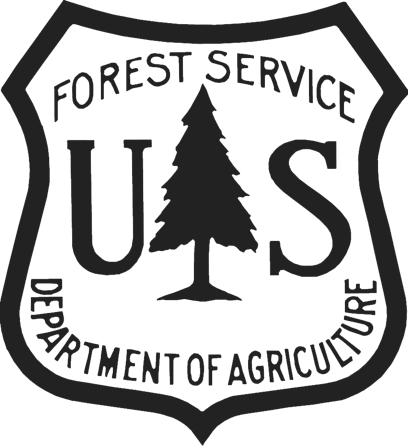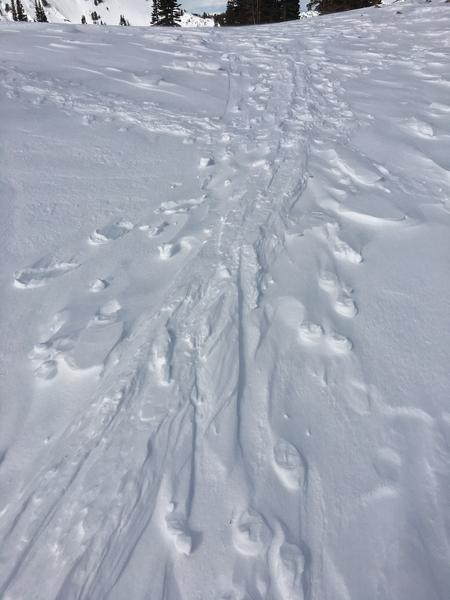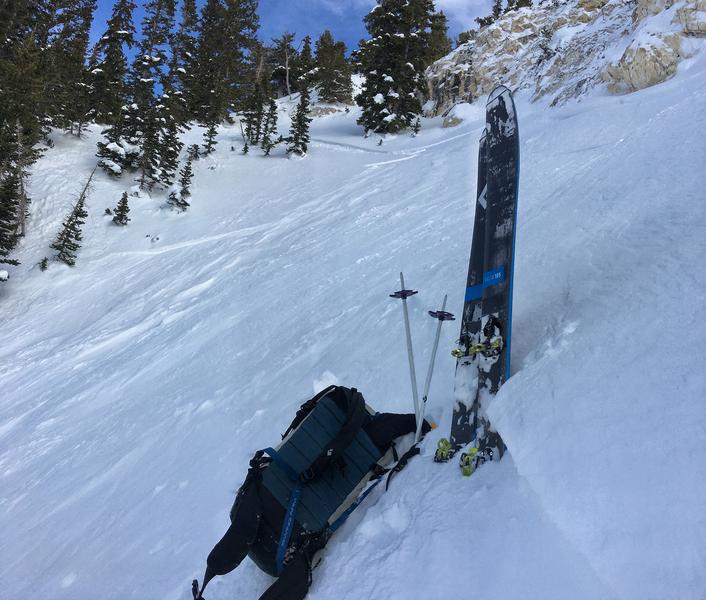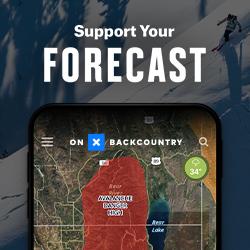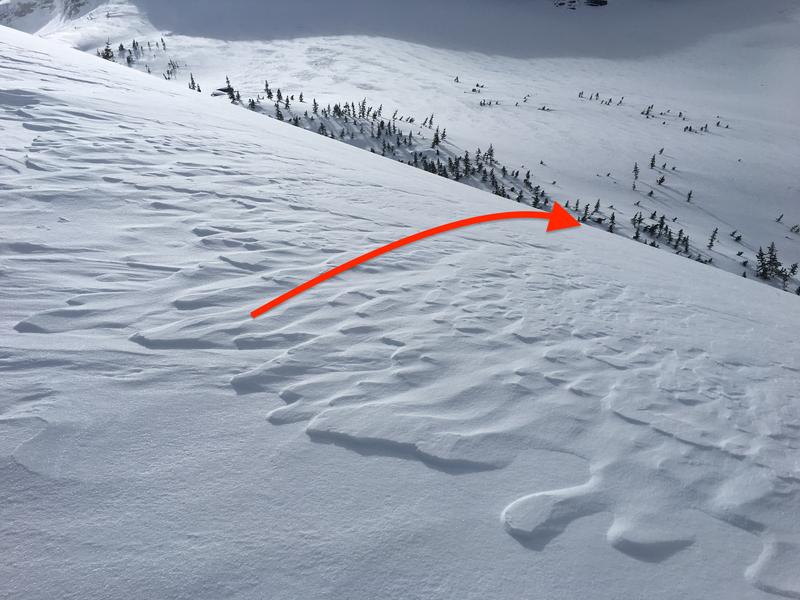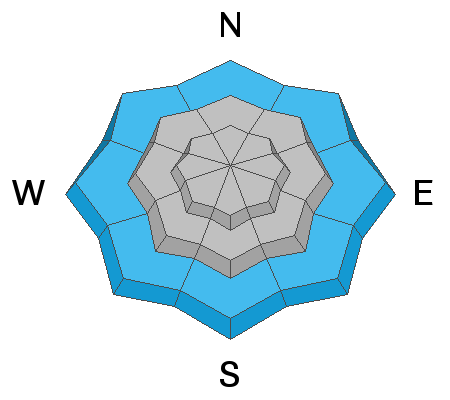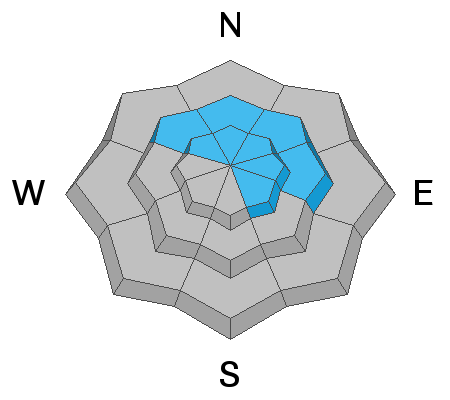Forecast for the Provo Area Mountains

Issued by Mark Staples on
Wednesday morning, February 27, 2019
Wednesday morning, February 27, 2019
Today the avalanche danger is MODERATE at all elevations. There are a few different avalanche problems. Slabs of wind drifted snow exist mostly at upper elevations. Wet avalanches of loose snow are possible at low elevations due to warm temps and possibly a touch of rain. Big avalanches breaking on a persistent weak layer near the ground are unlikely, but would break so big that it's hard not to consider them as well.

Low
Moderate
Considerable
High
Extreme
Learn how to read the forecast here


